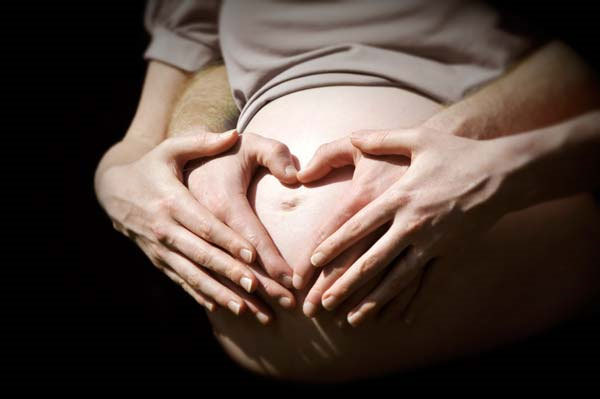Stillbirth Mysteries Revealed in New Studies

Half of all stillbirths result from pregnancy complications, such as a woman going into labor too soon, or abnormalities of the placenta, a new analysis of the causes of stillbirths finds.
On the other hand, a woman's characteristics at the start of her pregnancy, such as her weight, blood sugar levels and smoking habits, did not account for much of her stillbirth risk.
The extent of the risk also differed by ethnic group, the researchers said.
"Stillbirth is more common than people realize, affecting one out of every 160 pregnancies in the United States," said study researcher Dr. Robert Silver, professor of obstetrics and gynecology at the University of Utah School of Medicine.
Still more work is needed to understand why stillbirths happen, the researchers said. More autopsies as well as additional studies of early pregnancy may help pin down its causes, the researchers said.
Stillbirth causes
The new results are based on two studies conducted by The Stillbirth Collaborative Research Network Writing Group, which was established by the National Institutes of Health to find the causes of stillbirth.
Get the world’s most fascinating discoveries delivered straight to your inbox.
In one study, the researchers examined 512 cases of stillbirth (death of a baby at or after the 20th week of pregnancy) at 59 hospitals in five states (Georgia, Massachusetts, Rhode Island, Texas and Utah.) Each case underwent a complete evaluation, including autopsy, to determine the cause of death.
A probable cause of death was found in 312 of the stillbirths (60.9 percent) and a possible or probable cause in 390 cases (76.2 percent). Earlier studies, which typically were limited to analyzing medical records, could identify a cause of death in only about 50 percent of cases.
Pregnancy or birth-related complications contributed to the largest proportion of stillbirths: 29 percent. Such complications can include preterm labor or a premature rupture of the membranes that hold the amniotic fluid.
Other causes identified were abnormalities of the placenta (24 percent of cases), genetic conditions or birth defects (14 percent), infection (13 percent), problems with the umbilical cord (10 percent), maternal high blood pressure (9 percent) and other medical conditions affecting the mother (8 percent).
The study authors noted that fewer than 50 percent of stillbirths in the United States undergo an autopsy exam. To better understand why stillbirths happen, researchers need more information to be gathered from autopsies, placental exams and examinations of the fetus's chromosomes the researchers said.
Predicting stillbirth
In a second study, researchers compared 614 cases of stillbirth with 1,816 live births in an effort to identify factors present at the start of pregnancy that could indicate an increased risk for stillbirth.
A number of factors were associated with stillbirth, including previous history of stillbirth, pregnancy with twins, black race/ethnicity, diabetes and a history of drug use with addiction.
However, apart from having a previous stillbirth or pregnancy loss, the other risk factors had only a small effect on a mother's risk of stillbirth, the researchers said.
"It is extremely difficult to predict stillbirth risk based on risk factors that can be identified at the start of a pregnancy," Silver said. "The more we learn about causes and risk factors for stillbirth, the better we will become at designing strategies to reduce or prevent stillbirth."
Both studies will be published tomorrow (Dec. 14) in the Journal of the American Medical Association.
Pass it on: Many stillbirths are caused by pregnancy complications and placenta abnormalities, but more work is needed to determine additional predictive factors.
This story was provided by MyHealthNewsDaily, a sister site to LiveScience.

Rachael is a Live Science contributor, and was a former channel editor and senior writer for Live Science between 2010 and 2022. She has a master's degree in journalism from New York University's Science, Health and Environmental Reporting Program. She also holds a B.S. in molecular biology and an M.S. in biology from the University of California, San Diego. Her work has appeared in Scienceline, The Washington Post and Scientific American.


